Last updated on February 28, 2024
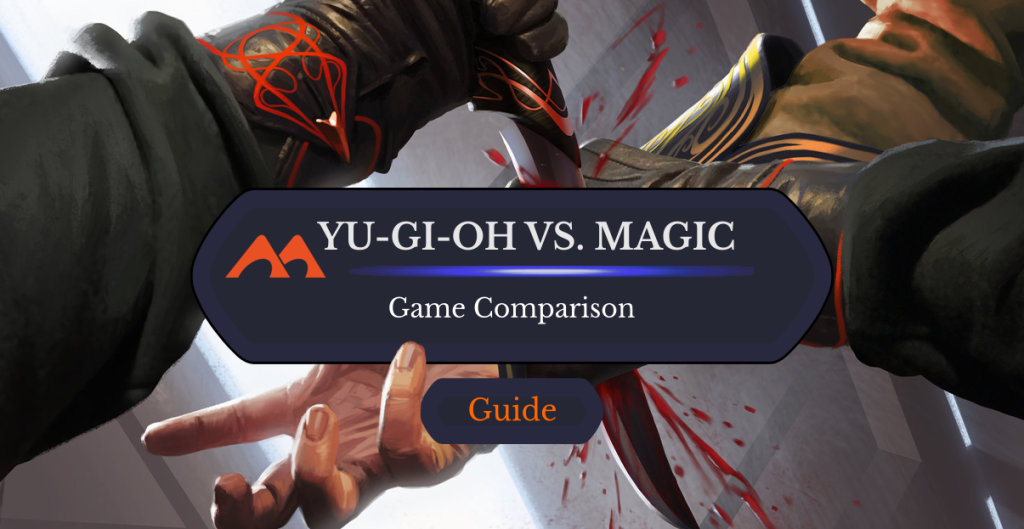
Eliminate the Competition | Illustration by Joseph Meehan
It’s time to duel! Yu-Gi-Oh (literally, “King of Games” in Japanese) is one of my favorite childhood memories. The anime first came on TV when I was 12 years old and firmly in its target audience. I thought the adverts looked dumb and goofy at first, but I gave it a try and absolutely loved it. I’m still a big fan of the anime today and have watched nearly every season of it (apart from that total crap, Zexal). It’s not only what inspired my love of anime, it’s also what sparked my love of trading card games (TCGs).
One of these was a fantasy card game called “Duel Monsters” about battling with monsters and magic. The game proved popular with audiences and became the basis for the rest of the manga series, the anime, and the TCG that followed it. The TCG, published by Konami, launched in Japan in 1999 and in North America and Europe in 2002.
Yu-Gi-Oh has a large competitive player base, just like Magic, so let’s explore this TCG to discover its crossover appeal!
How Do You Play the Yu-Gi-Oh TCG?
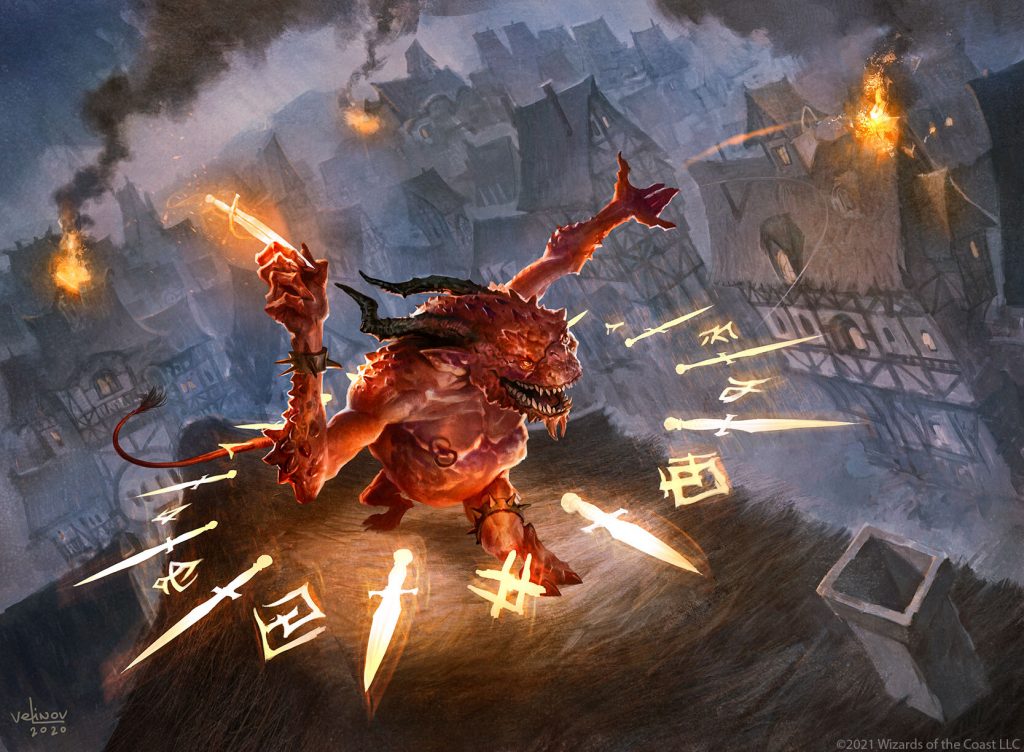
Play with Fire | Illustration by Svetlin Velinov
There are significant differences between the rules of Yu-Gi-Oh and Magic, though both have become increasingly complex over the years. Let’s start by going over some of the Yu-Gi-Oh basics.
Cards and Resources
There are three main card types in Yu-Gi-Oh: monsters, spells and traps.
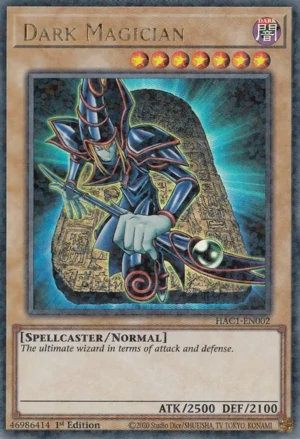
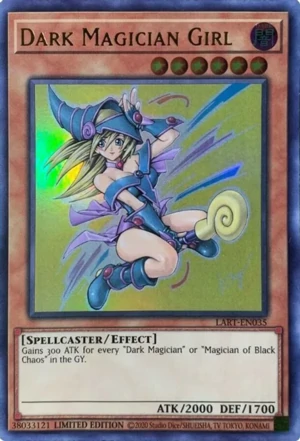
Monsters are like your creatures. Normal monsters have a yellow frame, and effect monsters have an orange frame. They have a level between one and twelve (shown by the stars at the top of the card) as well as an attack power and a defense power.
But don’t confuse these stats with power and toughness in MTG. In Yu-Gi-Oh, monsters are put into attack (vertical) or defense (horizontal) positions. While in attack position, they can attack and deal damage equal to their attack power. If attacked while in attack position, the monster with the lowest attack power is destroyed and the difference is dealt as damage to that monster’s controller. If a monster in defense position is attacked, it’s destroyed if the attacking monster has more attack power than the monster’s defense power.
Monsters need to be “summoned” to the field. You’re allowed to summon a monster from your hand once per turn, which is called a “normal summon.” But you can also perform any number of special summons per turn. While some monsters can be naturally special summoned under certain conditions, these are generally summons made by card effects.
One of the most unique aspects of Yu-Gi-Oh is that it uses an “extra deck” containing powerful monsters for you to summon. It’s a little complicated, so I’ll go over it more later.
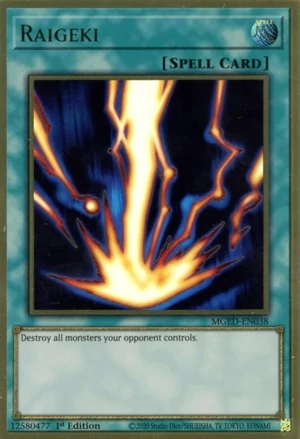

Spell cards have a green frame and do a variety of things. They can either be sorceries, enchantments, auras, or world enchantments based on their type, but they all work just like their counterparts from Magic.
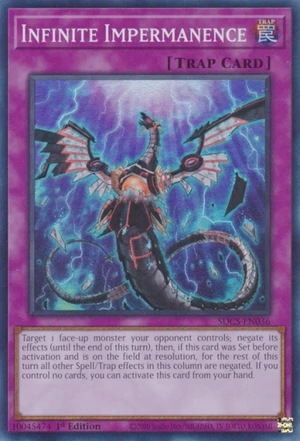
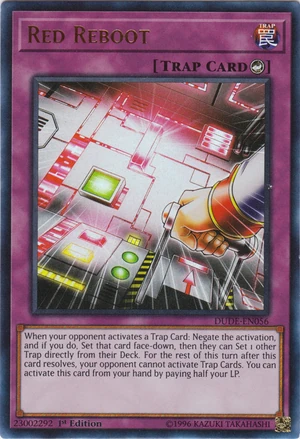
Trap cards have a pink frame and are effectively instants or cards with flash, but these are different because you need to set them face-down on the field before activating them later.
Yu-Gi-Oh has absolutely no resource system unlike virtually every other TCG. Every card is free to play, but most cards are restricted in how and when you can play them.
The Field
The field in Yu-Gi-Oh has specific zones for everything. You start the game with five main monster zones, one extra monster zone (specifically for monsters from your extra deck), and five zones for spell and trap cards.
Turns
A turn of Yu-Gi-Oh looks almost exactly like a turn of Magic. You start by drawing a card, then you have a main phase followed by the battle phase, a second main phase, and the end phase.
You can make several attacks each turn because combat in Yu-Gi-Oh is performed with one monster attacking at a time. You have to always attack an opposing monster and can only attack the player directly if they have no monsters in play.
Players start at 8,000 life points that you must reduce to 0 to win. For reference, typical monster attack powers are on a scale of around 0-3,000 with some outliers.
What’s the Extra Deck in Yu-Gi-Oh?
What makes Yu-Gi-Oh special is the extra deck. A lot of monsters start the game in your extra deck where they can be summoned using different methods. You’re probably familiar with fusion monsters if you played Yu-Gi-Oh in the very early days, but each new season of the Yu-Gi-Oh anime brought a new summoning method with it.
There are now four different types of extra deck monsters, each with their own unique summoning methods. You can summon these types of monsters to any of the main monster zones or the extra monster zone when you summon one of them.
The Extra Deck is one of Yu-Gi-Oh’s biggest draws and adds an entirely new aspect to deckbuilding. Even if your deck doesn’t care about any (or all) of these summoning methods, some of them are so easy to do you’ll probably find a versatile card that your deck might as well have. And your deck’s archetype might heavily focus on one of these summoning methods but can also easily access a couple of monsters from another one.
Deckbuilding is very rewarding as a result, but also extremely difficult. But I'll get to that in a bit.
Fusion Monsters
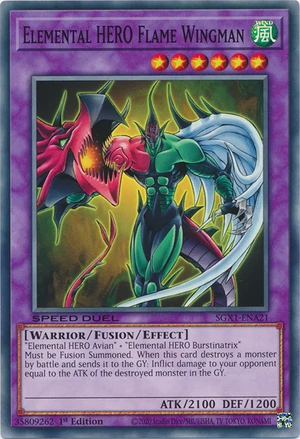
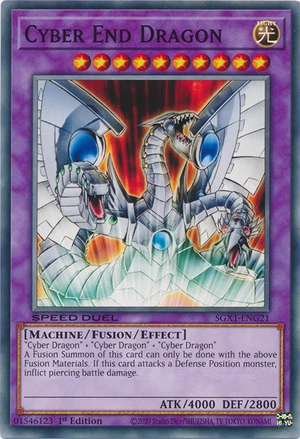
Fusion monsters date all the way back to the classic Yu-Gi-Oh anime with their debut in the fifth episode. Fusion monsters have a purple frame, and most are summoned using a fusion spell card like the original Polymerization. A fusion spell lets you fuse two monsters to create the fusion monster from your extra deck.
This mechanic may have started out as a fusing of two specific monsters to make a specific other monster, but it plays out very differently in modern Yu-Gi-Oh. Many fusion monsters printed today are much easier to summon. Some have more generic fusion requirements, an abundance of spells and effects to summon them, or skip the requirement of a fusion spell or effect to make them (which is sometimes called “contact fusion”).
But the fundamentals are always the same: each fusion requires two or more monsters which combine to make a better one.
Synchro Monsters
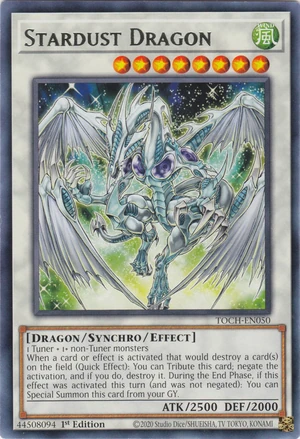

Synchro monsters debuted with the Yu-Gi-Oh 5Ds anime. They're white-framed and are created by essentially fusing a “tuner” monster with a non-tuner. If you control a “tuner” monster and a non-tuner monster, you can send them both to the graveyard to synchro summon a synchro monster that has a level equal to the combined levels of the two monsters used to summon it.
There are lots of different kinds of synchro and tuner monsters, and some require multiple tuners or multiple non-tuners.
Xyz Monsters


Pronounced similarly to “exceeds,” the black-framed Xyz monsters came about from the Yu-Gi-Oh Zexal anime series. They have a “rank” instead of a level and are created by “overlaying” two monsters.
You need to have at least two monsters of the same level in play to summon an Xyz monster. These can then be used as materials to create an Xyz monster of that rank (i.e., two level four monsters can be overlaid to create a rank four Xyz). Those materials then remain attached to the Xyz monster and can be used to pay for their Xyz monster’s abilities.
Take Castel, the Skyblaster Musketeer for example. It has two abilities: one requires you to detach one material while the other much stronger one requires detaching both.
Link Monsters
Link monsters first debuted with the Yu-Gi-Oh Vrains anime series and are perhaps the most complicated summoning method of all of them. Please bear with me!
Link monsters have a blue frame, a link rating, no defense power (they can’t be put into defense position), and a series of arrows known as “link arrows” around the art of the card. Each link monster is summoned by sending monsters on your field equal to its link rating to the graveyard. Another link monster can be used to replace a number of these monsters equal to its own link rating.
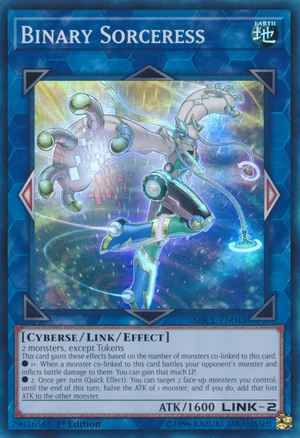
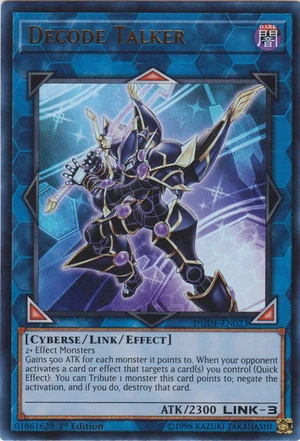
For example, Binary Sorceress is a Link-2 monster that requires any two nontoken monsters for it to be link summoned. Decode Talker is a Link-3 that requires at least two effect monsters to be link summoned. If you use regular effect monsters, you need three of them to satisfy its link rating. If you use Binary Sorceress as a material, you only need one more monster because Binary Sorceress can count as two.
Link monsters can only be summoned to the extra monster zone at first. Oh, and the link arrows around the art of the card “point to” other zones on the board. A lot of link monsters have effects that care about cards in the zones they’re pointing to.
You can also link summon other monsters to zones that are being pointed to by your in-play link monsters. While you only have one zone for a link monster to be summoned to when you start the game, it’s normally advised to start by summoning one that points to some of your other monster zones so you can then continue the chain and summon more. Two link monsters are considered “co-linked” if they point to each other.
How Do I Build a Yu-Gi-Oh Deck?
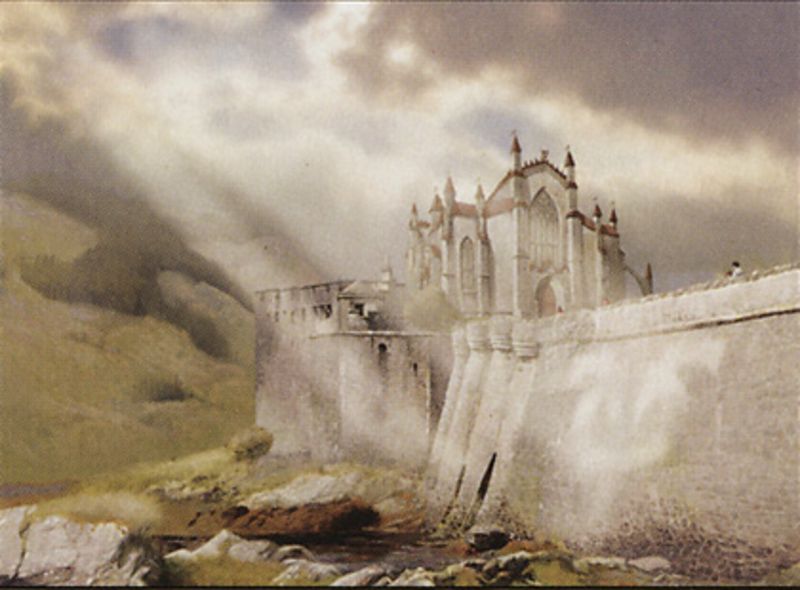
Builder's Blessing | Illustration by John Stanko
Yu-Gi-Oh deck building can be tricky, but it’s a lot easier than other games thanks to Yu-Gi-Oh’s focus on specific “archetypes.”
We've seen a lot of what we call “parasitic” mechanics in the past in Magic. Ones that really benefit from playing cards that use that mechanic, but only exist in one or two sets. Mechanics like infect or energy are like this. As more sets come out, you know that the odds of finding more cards that use your mechanic are slim to none.
Yu-Gi-Oh is full of parasitic archetypes that reward players for very specifically building their decks around them.
What’s an Archetype?
Each archetype is unique. They’re built around a specific game mechanic and all reference other members of that same archetype. Sometimes this archetype might be built around one very specific card. For example, a lot of the classic monsters in the original Yu-Gi-Oh anime series like Dark Magician, Blue-Eyes White Dragon, and Red-Eyes Black Dragon have archetypes based on them.
An archetype could also be based on a specific word that's found in the names of all the cards in it, like “Swordsoul,” “Therion,” or “Marincess.” There are hundreds of different archetypes since they first started making them in the late 2000s.
Each archetype has its own strengths and weaknesses, but the key is that you’re heavily incentivized to build around one. Each card in an archetype usually gets stronger with the more cards you play of it, while some archetypes have access to powerful cards that you wouldn’t be able to play outside of that archetype.
Most decks that succeed in competitive play focus around an archetype with generic cards added in, while many others combine multiple archetypes with overlapping themes. For example, the “Tri-Brigade” archetype is a tribal archetype focused on Beasts, Beast-Warriors, and Winged Beast monsters. This naturally allows to take cards from other tribal archetypes that use these types, like the Beast-Warriors from “Fire Fists” and the Winged Beasts from “Lyrilusc.”
The easiest way to build a Yu-Gi-Oh deck is to start with an archetype that appeals to you.
Is Yu-Gi-Oh Like Magic: The Gathering?
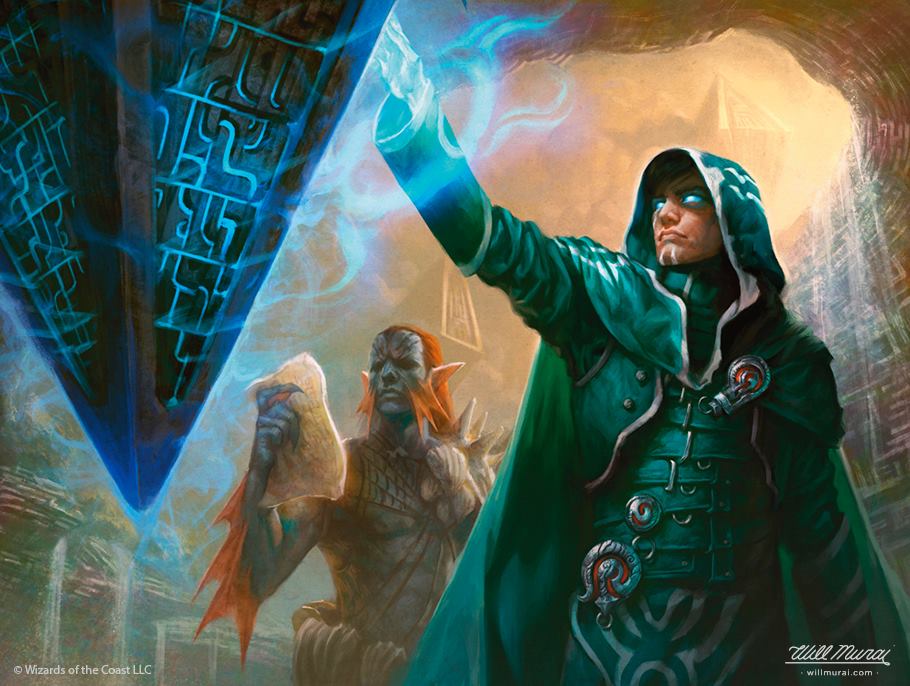
Comparative Analysis | Illustration by Willian Murai
There are very few similarities between Yu-Gi-Oh and Magic.
They both have thriving competitive scenes, but the prize support for Magic is significantly better. The turn structures are virtually identical and sideboarding (though it's called “side decking” in Yu-Gi-Oh) is a common practice in both games. The lack of any resource system in Yu-Gi-Oh makes the design of each game significantly different.
Yu-Gi-Oh Is Very Fast
It isn’t uncommon for games of Yu-Gi-Oh to be over in the first couple turns. While this differs from one metagame to the next, the history of Yu-Gi-Oh is littered with fast combo decks that were good because they happened to be faster than the other decks played at the time.
The game has released tons of cards in recent years that help to stop this by allowing you to interact on turn 1. The comparable in Magic is how Force of Will allows Legacy players to interact with their opponent before taking a turn. Cards like Ash Blossom & Joyous Spring and Infinite Impermanence have been format staples in Yu-Gi-Oh for a long time because they level the playing field by allowing all players to slow down opposing combo decks.
Yu-Gi-Oh Has No Mulligan Rule
Yu-Gi-Oh is just about the only TCG out there that has no mulligan rule. Thanks to its lack of a resource system, every hand you draw from your deck should theoretically be somewhat playable. Even the worst hands you can imagine still do something.
A mulligan rule has to exist in Magic so that you don’t get stuck with completely unplayable hands like those with no lands.
There’s Only One Format in Yu-Gi-Oh
Players enjoy a variety of formats in Magic, including Standard, Pioneer, Modern, Legacy, Draft, Commander, and so on. There’s only one format in Yu-Gi-Oh: “Advanced.” It’s basically Legacy, where every card ever printed is legal except for an extensive banned list. Sets also aren't designed with a Limited format in mind, so Drafts and Sealed decks aren’t really possible.
Konami has tried to introduce other formats over the years, but none of them have ever been very successful. They recently allowed local stores to sanction whatever format their local players wanted to play. This decision has created a lot of attention for formats that cut off the game at a certain point in time, much like Old School or Premodern in Magic.
A lack of formats also means that there’s no set rotation, so Konami typically updates a large ban list to keep the format fresh as more sets come out.
Yu-Gi-Oh Cards Are a Lot More Complicated
I remember a lot of players were put off by the designs of the five deans when Strixhaven came out. Especially Uvilda, Dean of Perfection because it had a ton of text that ultimately meant that your spells cost a little bit less.
Yu-Gi-Oh cards are infinitely more complicated. Most printed cards have multiple effects that apply from different zones on top of timing restrictions. It sometimes feels like Konami sees it as their duty to fill up the text box on every card, especially without any keyworded abilities to save on text.
Japanese printings have introduced bullet points to clear up card text, but Konami haven’t done that on the English- and European-language versions. I often struggle to remember what some of my own cards do, especially if I haven’t played them in a while.
Which Is Cheaper: Magic or Yu-Gi-Oh?
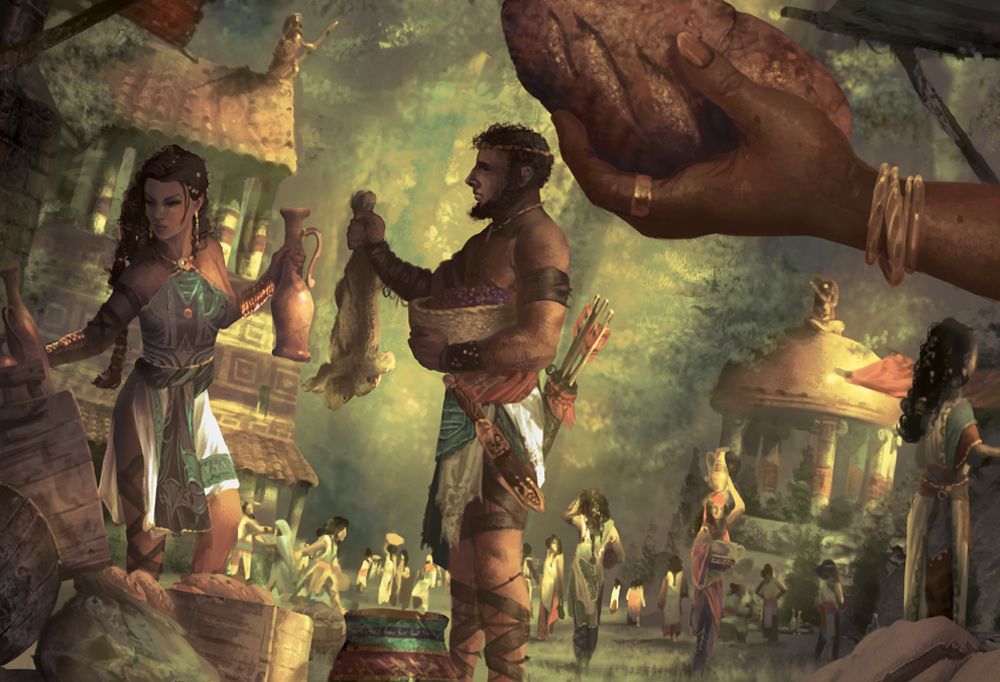
Market Festival | Illustration by Ryan Barger
Which game is cheaper mostly depends on how deep into the game you want to get. Yu-Gi-Oh follows a system of printing new staple cards at high rarities, making them expensive and hard to get on the secondary market.
Staples and Reprints
Every deck needed three copies of Ash Blossom & Joyous Spring when it was first printed, and they fetched prices of up to $200 each at the time. They still go for at least $20 today despite multiple reprints.
Yu-Gi-Oh players know that reprints of these tournament staples are inevitable, but the cards are still going to be around for a good year or so before this happens. You often need to spend a lot to update your deck when a new reprint comes along.
Playing on a Budget
That said, it's very easy to play both games on a budget. Yu-Gi-Oh depends on archetypes, so you can often find a fun and enjoyable deck core for as little as $20 to $30 and just fill it out with staple cards. In Magic you can build cheap and cheerful Commander decks on pretty much whatever budget you have.
Competitive Yu-Gi-Oh
You need to keep up with the current metagame if you want to play in Yu-Gi-Oh tournaments, which means updating your deck at least every year even though the format never rotates. The updates to the ban list and the printing of new and powerful archetypes work almost exactly like a set rotation of their own.
Collecting
Magic is a lot more collectible than Yu-Gi-Oh. While there are a handful of highly collectible Yu-Gi-Oh cards, there’s nothing remotely on the scale of original dual lands or even cards from old sets like Legends or Antiquities.
The earliest Yu-Gi-Oh sets were terrible and a lot of the early game’s cards have no value beyond anime-related nostalgia.
Is There a Yu-Gi-Oh Game Like MTG Arena?
Yu-Gi-Oh Master Duel launched in January 2022. Unlike Magic Arena, it’s playable on a wide variety of devices, including home consoles like the PS5 and the Nintendo Switch. It’s also free to play with much easier access to cards than Arena’s often-criticized wildcard system.
Meanwhile, a mobile game called Yu-Gi-Oh Duel Links offers a much more simplified version of the game.
Yu-Gi-Oh vs. MTG Card Sizes
Yu-Gi-Oh cards are much smaller than Magic cards. While you could use the same kinds of sleeves to protect your cards, smaller sleeves are much more effective.
You’ll need to use “small” or “Japanese” size sleeves for Yu-Gi-Oh if your brand of choice stocks two different sizes of sleeves.
Is MTG or Yu-Gi-Oh More Popular?
This is a tough one. If we consider TCGs alone, Magic is likely the winner. It has considerably more players worldwide and earns a lot more money, but Yu-Gi-Oh isn’t too far behind thanks to the recent launch of Master Duel.
It’s much more accessible than MTG Arena with nearly the entire back catalog of Yu-Gi-Oh cards available from the outset. The in-game crafting system allows you to trade in any three cards of a particular rarity for any other card of the same rarity.
Yu-Gi-Oh also has a successful anime along with manga and other distributions, but these are mostly in Japan. Magic only has the TCG going for it since video game variants like Magic: Legends were massive failures. The Netflix series on the horizon could help, but Yu-Gi-Oh will remain the generally more popular franchise until then.
Is Magic Better than Yu-Gi-Oh?
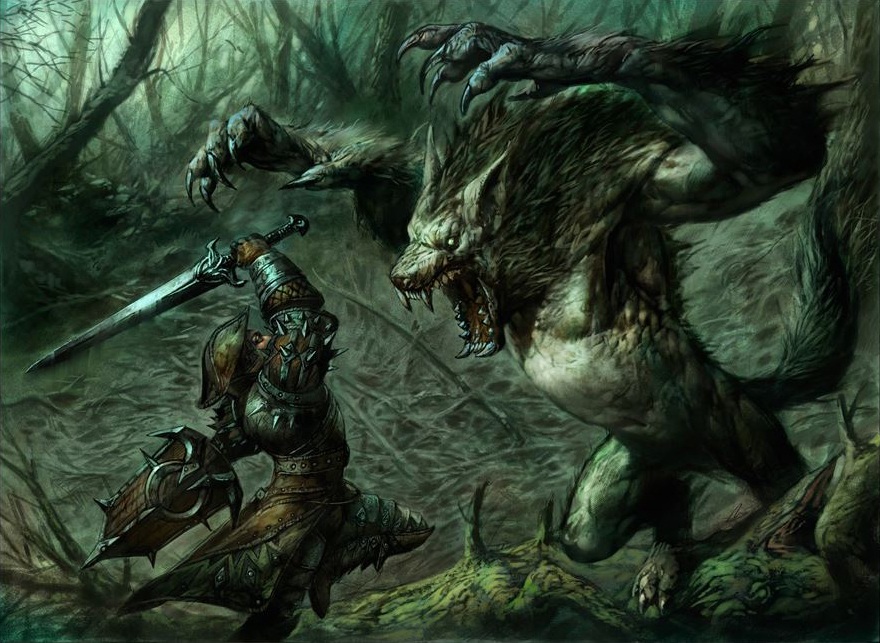
Prey Upon | Illustration by Dave Kendall
I may be biased, but yes, Magic is better than Yu-Gi-Oh! Others may view it differently, but Magic and Yu-Gi-Oh really aren’t in competition. Yu-Gi-Oh is a full-fledged media franchise that's a lot more valuable than Magic, but that’s because it has anime, movies, manga, and video games to bring in revenue.
Considering the TCG alone, Magic frequently outsells Yu-Gi-Oh. Yu-Gi-Oh was the third best-selling TCG in the first four months of 2021 with Pokémon and Magic commonly reported to be above Yu-Gi-Oh in sales. Yu-Gi-Oh’s salability is significantly reduced by its sets not being designed for Limited play, so much so that a lot of players skip multiple sets in a row if they won’t affect their decks.
Magic has a well-established competitive scene with millions of players around the world. Yu-Gi-Oh has no professional-level events while Magic’s Pro Tour is coming back from hiatus. The YCS circuit is Yu-Gi-Oh’s equivalent to the Grand Prix or Magic Fest circuits. They’ve had prize pools of several thousand dollars, but no cash prizes. They instead reward winners with valuable prize cards, electronics, and a trophy.
In my opinion, Magic is the best game ever designed. Much like how video games like Ultima (being the first ever RPG video game) and Super Mario (as one of the first ever platforming games) set the standards for their respective genres, Magic’s undeniable influence over the gaming world came from being the world’s first ever TCG.
That said, the nostalgia from watching Yu-Gi-Oh as a teenager or the general faster pace of the game are big draws toward Yu-Gi-Oh for a lot of potential players.
Wrap Up
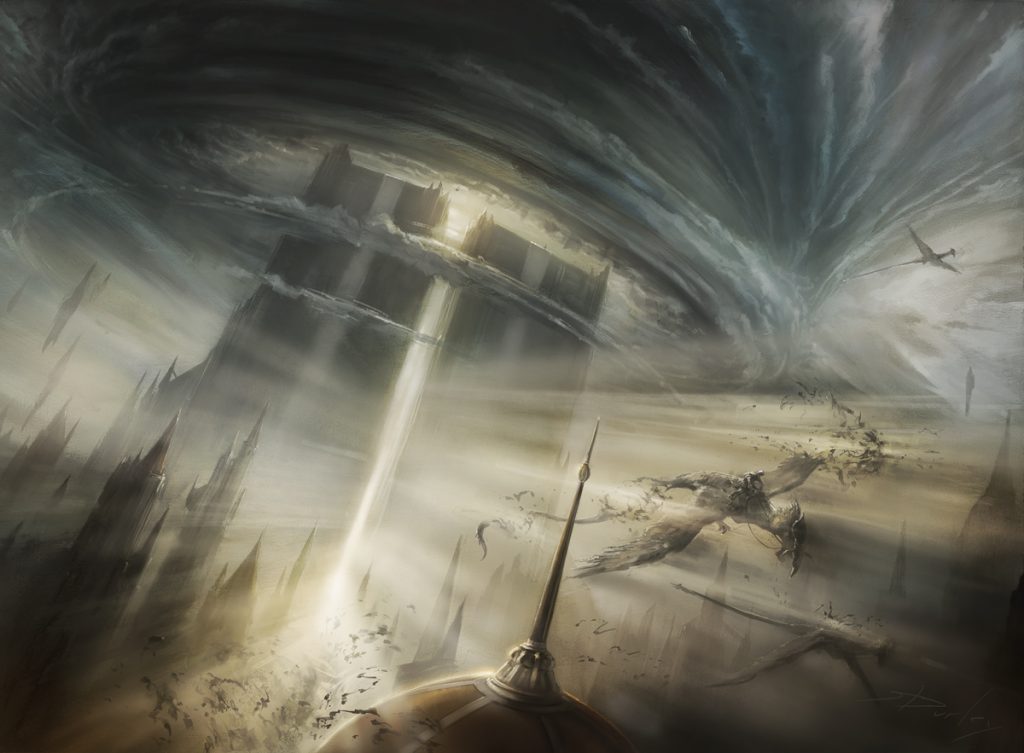
Supreme Verdict | Illustration by Sam Burley
I have a great deal of fondness for Yu-Gi-Oh. I spent a lot of my teenage years playing the game, and it helped teach me how to be independent while ultimately leading me to Magic. I don’t actively play anymore, but I have friends who do and I still like to maintain a deck or two in case an opportunity arises. I highly suggest giving the game a try for yourself if you haven't already!
What do you think of Yu-Gi-Oh and Magic? Do you prefer one over the other, both when it comes to their media and the TCGs? Let me know in the comments below or over in the Draftsim Discord.
Stay safe and take care!
Follow Draftsim for awesome articles and set updates: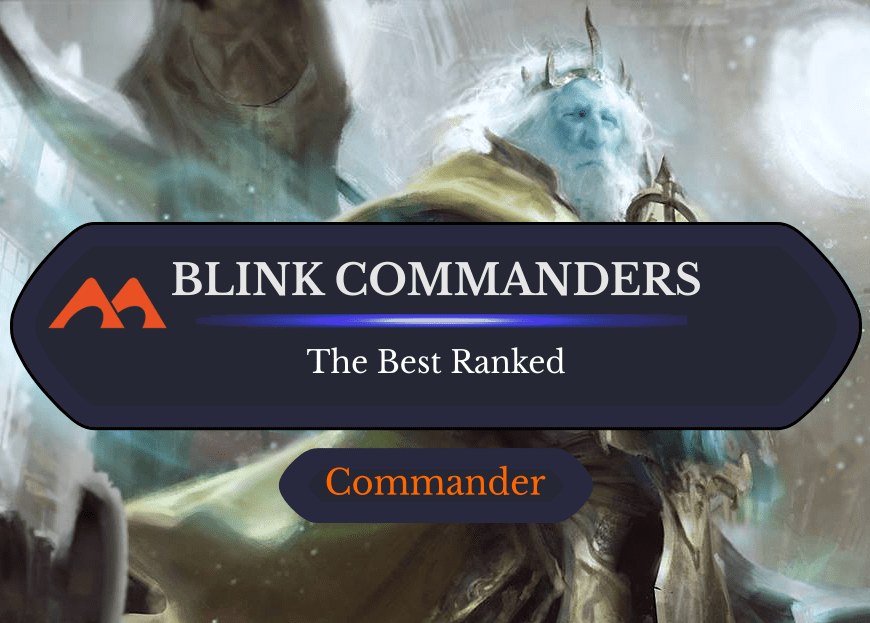
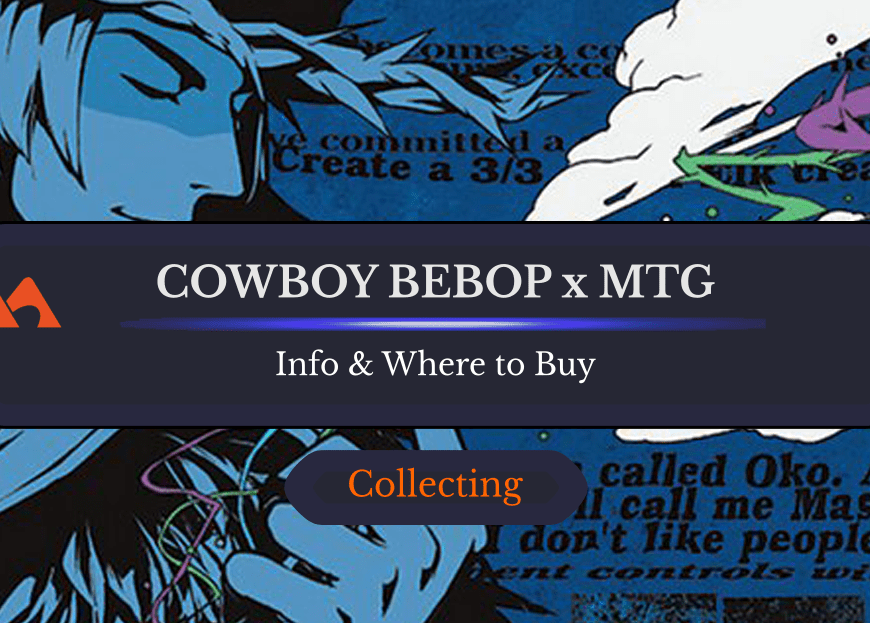
Add Comment